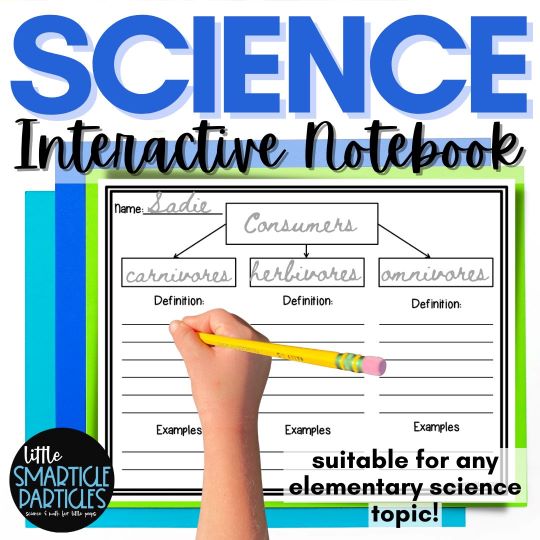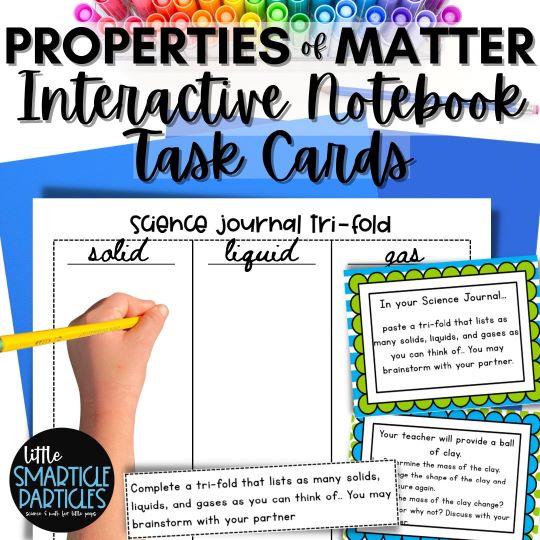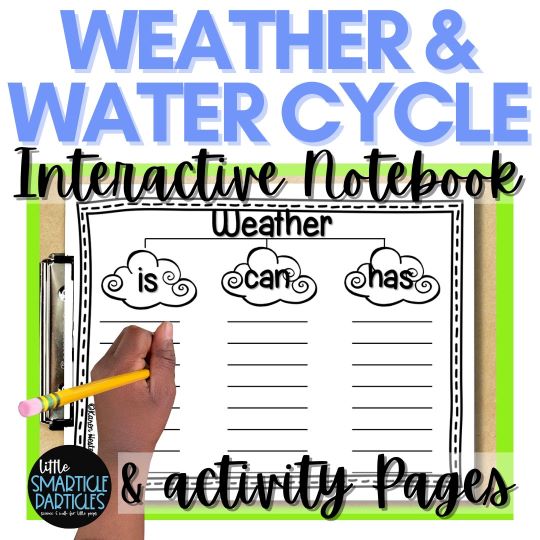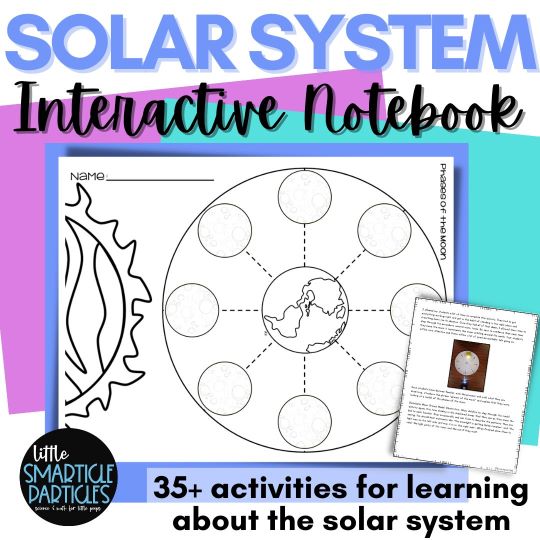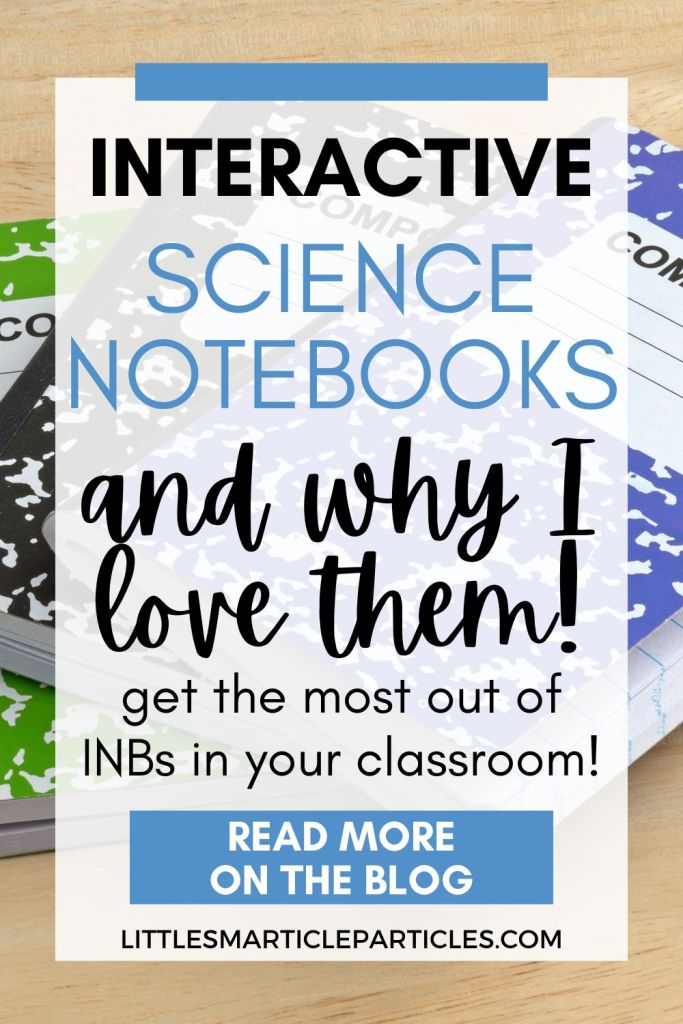I love, love, love creating interactive science notebooks with my students! There are so many benefits, and honestly I think that as long as science journals are consistently used and referenced and your students are engaged, then there’s really no right or wrong way about it. (Note: I use the words notebook and journal intechangeably.)
Read on my friends…
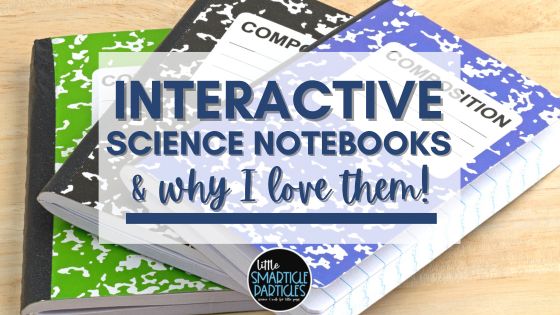
Many years ago, I attended a professional development course on implementing science journals in the classroom. I learned a lot, but one thing that just never really stuck with me was the whole right-brain, left-brain component. The gist of that message was that all input (factual information) was recorded on the right-hand side of a two-page spread in a journal. Then, reflections and other student generated thought was recorded on the left-hand side.
While I understood the concept of deepening student learning and understanding through this brain-centered approach, it just didn’t work out for me. I was teaching second or third grade at the time, and let’s face it… most of them didn’t even know their left from their right. I quickly gave up worrying about that aspect and we just started on the right side and moved through the journal in that manner.
Setting Up Your Journals
I personally prefer using standard composition books. I just feel that they are sturdier than spiral bound notebooks. On the first or second day of class, we get started setting up our journals. The first page is always our Table of Contents. I allocate only one page for this. We fold that sheet in half vertically and number down the left hand side of both columns. If we run out of room on the front, we continue numbering on the back. Then we turn to the next sheet of paper and start numbering the pages in the upper right or left hand corners. In my class… that’s it. We’re ready to rock-n-roll.
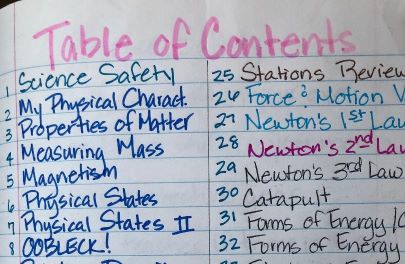
For younger students, I’ve seen teachers have their students create drawings of themselves as scientists and then glue them to the inside cover. They may also create cute covers to glue to the front of the journal. I’m kind of a no-frills person, so I just bypass all of that.
Each time we create a journal entry, we title it and enter it into the Table of Contents. Title options shouldinclude an ‘I Can” statement, a kid friendly version of the learning standard, or just a simple word or two that decscribe the topic. Adding the date is also a good idea.
Also, I always create my very own journal with each class. Modeling for students is sooo important. We set up each page together, and sometimes they copy exactly what I write, sometimes they only partially copy what I write and then complete on their own, and sometimes they are simply gluing a foldable or some other activity onto a page.
How Interactive Should our Interactive Notebooks be?
Well… that depends on you. Personally, I’m a bit of both, and it really just comes down to personal preference.
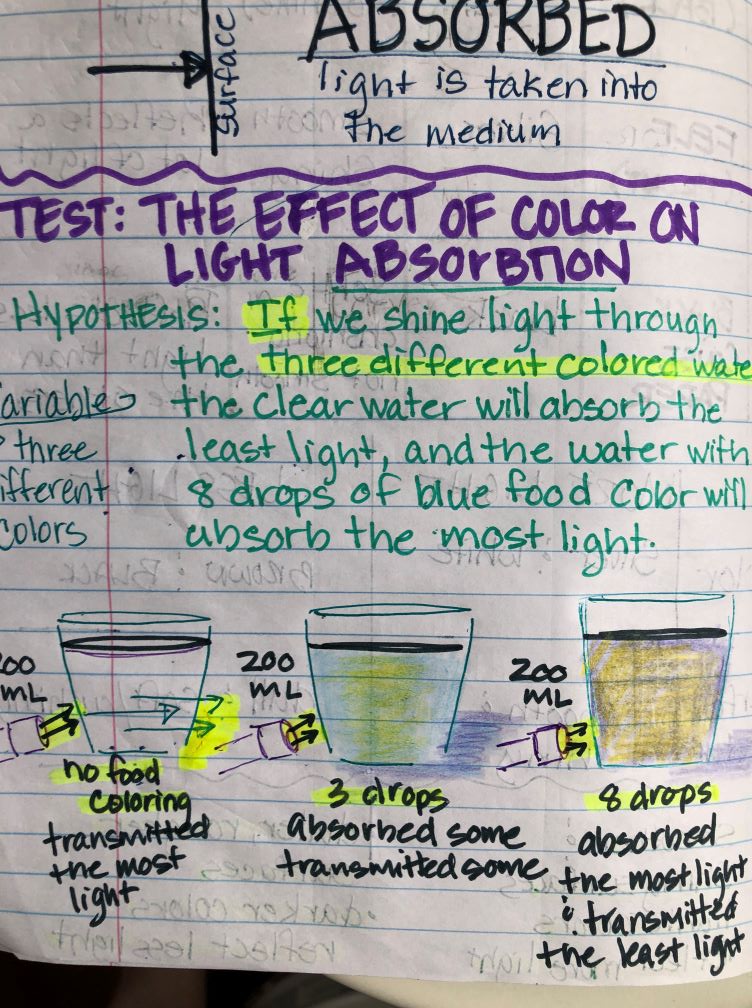
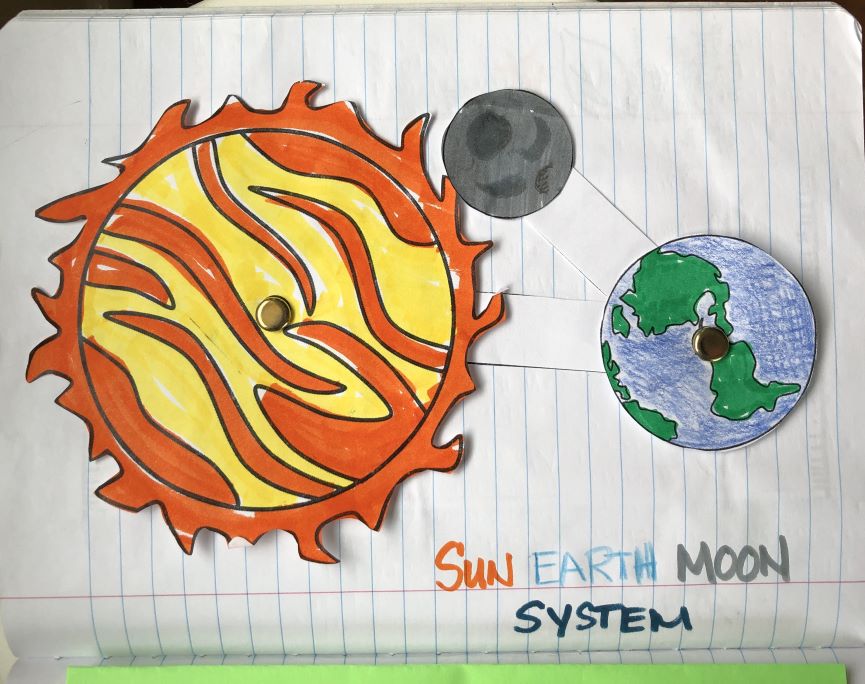
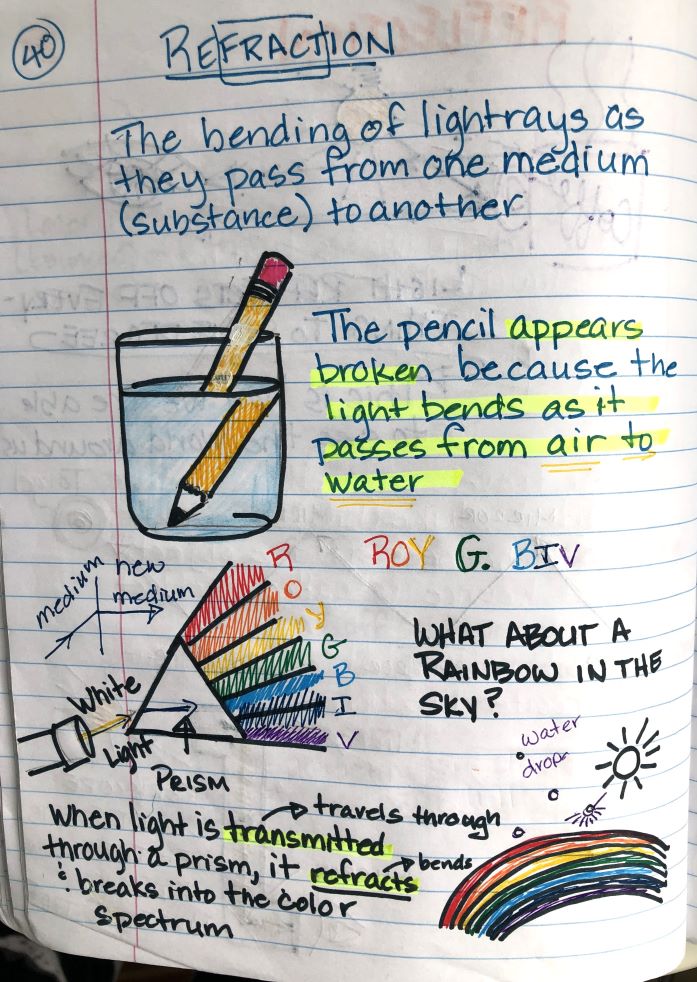
I’m more of a pencil and paper person, and I think that students benefit from writing. For some of my activities we create interactive foldables if I feel that is most appropriate. If we’re doing certain labs, we write and record data. We also draw, label, and describe our observations. In detail. A LOT.
What Types of Activities?
I have found that just about any type of activity can be incorporated into an interactive notebook… yay!! And, they pair perfectly with the 5E Lesson Cycle. As I have been writing this post and referring to my own journal, I notice that I have a lot of Explain, Explore, and Elaborate type of activites. (Note to Self: next year…more Engage and Evaluate.)
Here are some of my favorites science journaling activities:
- good old-fashioned notes
- sorting actvities
- graphic organizers and foldables
- lab activity data & results
- lab activity notes & observations
- reflection pages

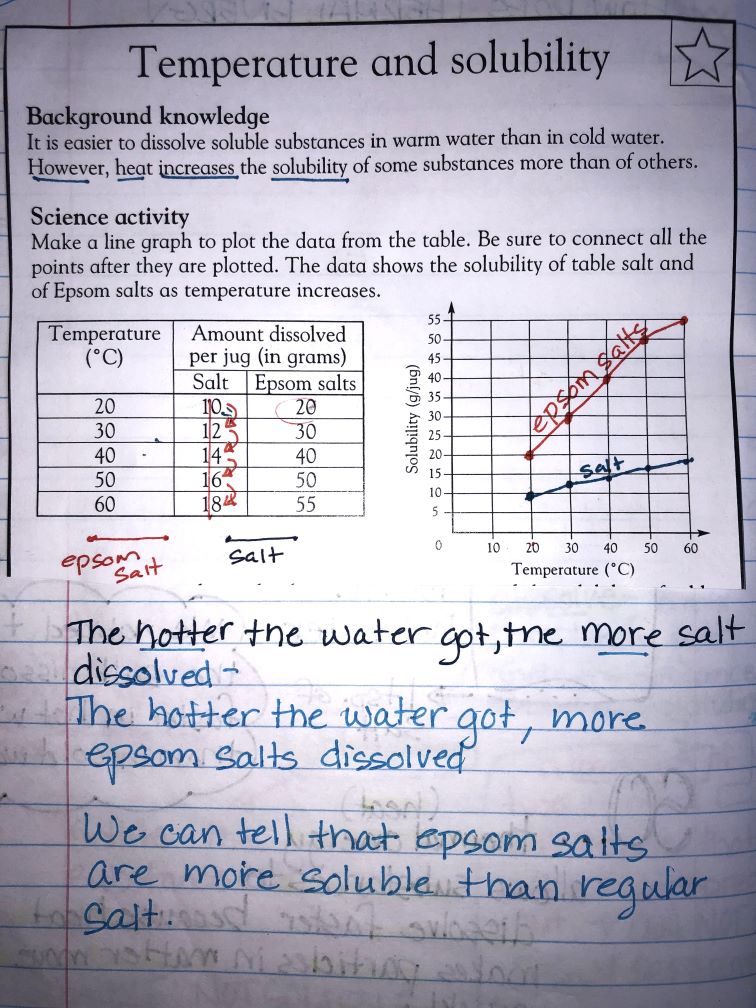
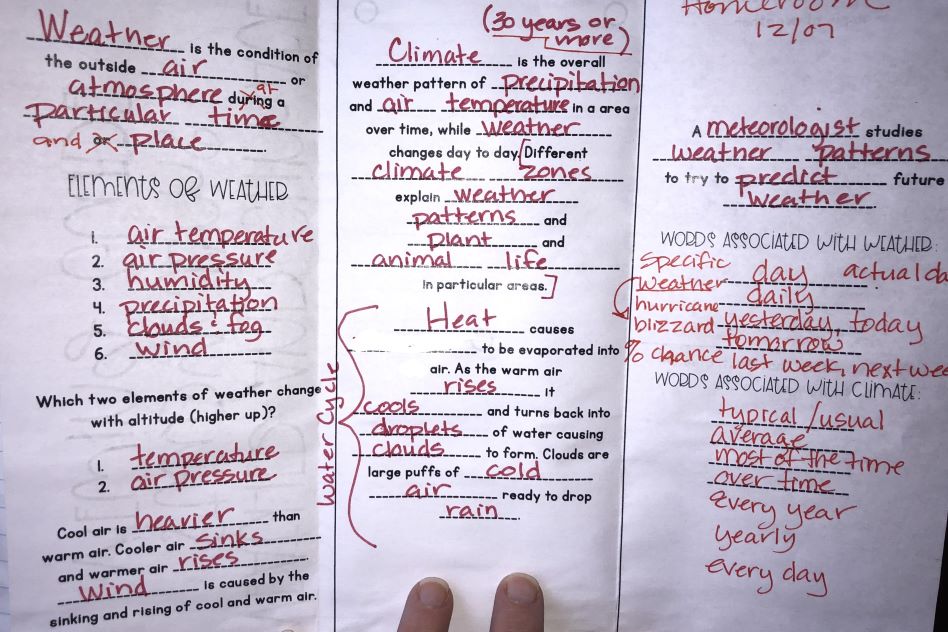
The Benefits….
The benefits of creating and maintaining an interactive science notebook are numerous. Here is what I have discovered with my students…
- By incorporating a variety of activities, different learning syle needs are met (there’s that whole left-brain, right-brain thing!).
- Improved student writing and handwriting.
- Cutting and foldable activities help to develop fine-motor skills.
- Students learn to organize information, and they have a great resource to refer to when working independently or in small groups.
- Students actually enjoy creating journals. They take a lot of pride in the hard work that went into creating them, and at the end of the year they have a beautiful product to take home with them!
Suggested Reading
If you want to dig a little deeper into using interactive notebooks in your science class, here are a couple of books that I recommend (this is not a paid endorsement… I just like these books.)
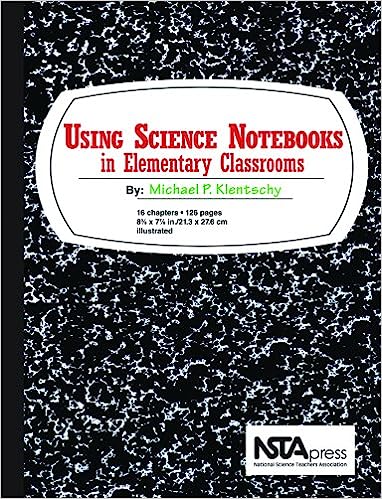
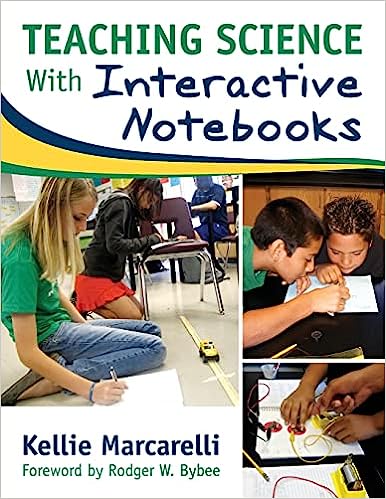
Interactive Science Notebook Products You Might Like!
